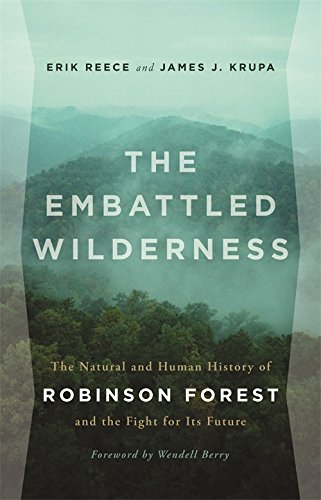

Most ebook files are in PDF format, so you can easily read them using various software such as Foxit Reader or directly on the Google Chrome browser.
Some ebook files are released by publishers in other formats such as .awz, .mobi, .epub, .fb2, etc. You may need to install specific software to read these formats on mobile/PC, such as Calibre.
Please read the tutorial at this link: https://ebookbell.com/faq
We offer FREE conversion to the popular formats you request; however, this may take some time. Therefore, right after payment, please email us, and we will try to provide the service as quickly as possible.
For some exceptional file formats or broken links (if any), please refrain from opening any disputes. Instead, email us first, and we will try to assist within a maximum of 6 hours.
EbookBell Team

5.0
88 reviewsRobinson Forest in eastern Kentucky is one of our most important natural landscapes―and one of the most threatened. Covering fourteen thousand acres of some of the most diverse forest region in temperate North America, it is a haven of biological richness within an ever-expanding desert created by mountaintop removal mining. Written by two people with deep knowledge of Robinson Forest, The Embattled Wilderness engagingly portrays this singular place as it persuasively appeals for its protection.
The land comprising Robinson Forest was given to the University of Kentucky in 1923 after it had been clear-cut of old-growth timber. Over decades, the forest has regrown, and its remarkable ecosystem has supported both teaching and research. But in the recent past, as tuition has risen and state support has faltered, the university has considered selling logging and mining rights to parcels of the forest, leading to a student-led protest movement and a variety of other responses.
In The Embattled Wilderness Erik Reece, an environmental writer, and James J. Krupa, a naturalist and evolutionary biologist, alternate chapters on the cultural and natural history of the place. While Reece outlines the threats to the forest and leads us to new ways of thinking about its value, Krupa assembles an engaging record of the woodrats and darters, lichens and maples, centipedes and salamanders that make up the forest’s ecosystem. It is a readable yet rigorous, passionate yet reasoned summation of what can be found, or lost, in Robinson Forest and other irreplaceable places.